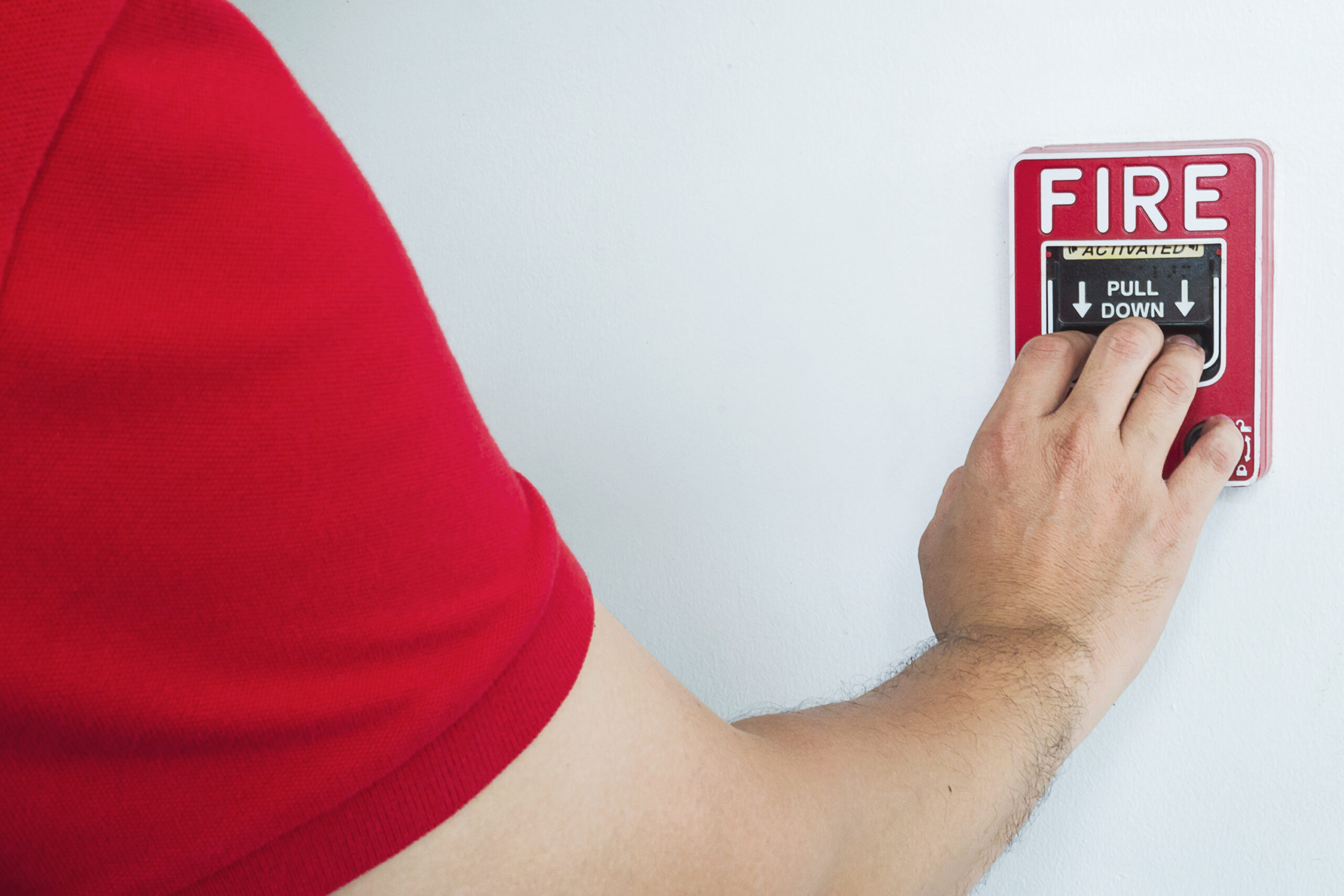Did you know that in Canada, 1 out of every 100 avertible house fires is fatal?
In spite of stricter building regulations and the use of materials that aren’t easily combustible, residential fires still occur.
According to SGI Canada, there are approximately 24,000 home fires each year resulting in at least 377 deaths and up to 3, 048 injuries every year.
We did a bit of research to find out what are the most common causes of residential fires so we can give you practical and potentially life-saving house fire prevention tips.
Here are our five top fire prevention tips (including a noteworthy bonus!)
Fire Prevention Tip #1 Install Smoke Alarms
Smoke alarm systems save lives. This is according to research published by scientists from Murdoch University and the University of the Fraser Valley.
In their publication Fire and At-Risk Populations in Canada: Analysis of the Canadian National Fire Information Database, evidence was presented that demonstrated that in fires where smoke alarms were installed and activated, there were lower death rates compared to fires where no smoke alarm was installed or activated (See Table 10 below).
In homes where there was neither a smoke alarm nor a sprinkler system, there were significantly far more injuries (2,469) versus 108 in residences with both a smoke alarm and a sprinkler system. (See Table 11 below).
The evidence is indisputable, it is much better to have a smoke alarm system installed than to live without one.
Once you have the alarm installed make sure you have it routinely checked and serviced at least twice a year to keep it in good working order.
Fire Prevention Tip #2 Invest in a Fire Extinguisher
In the Murdoch University research, well over two-thirds of the house fires in the study had no functioning life-safety systems including fire extinguishers. This led to 80% of the fatalities in the study sample.
On top of smoke alarms and sprinklers, every home should have a fire extinguisher of some sort. With the majority of fires starting in the kitchen, it is highly advisable to purchase a fire extinguisher that is suitable for putting out grease fires such as a wet/chemical fire extinguisher.
It is imperative that you also learn how to operate these extinguishers and have a good idea of which fire extinguisher to use for which type of fire. We’ve written a blog with fire extinguisher tips that will help you learn which fire extinguisher to use for which fire.
Fire Prevention Tip #3 Keep Matches and Lighters Out of Reach
The leading ignition source in fatal avertible residential fires is smoking materials – matches, cigarettes, and lighters.
Adults need to be responsible when smoking and ensure they dispose of burning cigarettes correctly. Avoid going to bed while smoking or indeed smoking while intoxicated. All hot embers should be placed in sturdy ashtrays and put out before the ashtray is emptied into the trash.
It is also wise to keep lighters and matches out of reach of young children in high cupboards that can be locked if possible.
Fire Prevention Tip #4 Practice Safe Cooking Habits
Are you aware of the fact that the number 1 ignition source in homes is cooking equipment (gas burners, stovetops) that ignite flammable materials such as oils and clothing?
Yes, most preventable fires start in the kitchen with an unattended naked flame.
So, what can you do to reduce this fire risk? One tip is to install stovetop burners featuring heat limiting tech that regulates the element preventing it from reaching extreme temperatures.
Another tip is to adopt kitchen fire safety plans including practices like switching off any burners that are not in use.
Always turn off stovetops if you have to step out of the kitchen. Never leave a gas stove on even if you’re only going into the next room. You may get sidetracked and forget the burner.
Fire Prevention Tip #5 Inspect Electricity Cables Routinely
Do you have electricity cables running underneath rugs and in places you can’t clearly see them? That’s not good.
All cables are potential fire hazards and must be in sight so you can see whether they are frayed, overloaded, or damaged in any way that makes them dangerous.
Do not use appliances with broken plugs or cables that have loose connections. Always ensure plugs are in full working order and that cables are whole and not damaged.
Bonus Fire Prevention Tip: Develop a Fire Escape Plan
If a fire were to hypothetically break out in your home this moment, what would you do? What is the protocol to getting everyone – including yourself – out of the burning building safely? If you have a double-story home, do you have escape ladders?
This protocol is what we call a home fire escape plan. Every family needs to have such a plan and practice it regularly so everyone has an idea what to do if the worst ever did happen.
What should you include in your fire escape plans?
– A couple of escape routes depending on where in the house people find themselves
– Tools people will need to assist them in escaping
– Lessons on how to use fire extinguishers and escape ladders
– First aid basics
– How to contact the Fire Department
The Bottom Line
We encourage everyone to take a proactive approach to house fire prevention. By taking preventative measures and having a fire escape plan in place, you and your loved ones can greatly reduce associated fire risks and the likelihood of death.
If you’re in Hamilton, Niagara or the GTA and would like to discuss fire codes, fire extinguisher tips, or purchasing an emergency backup generator for your business or home, we’re always happy to help.
Nutech Fire Prevention are specialists in the service, installation, and maintenance of fire alarm systems, fire warning systems, fire extinguishers, emergency lighting, emergency backup generator, exit lighting, fire safety plans, and sprinkler systems.Request a free quote today.

